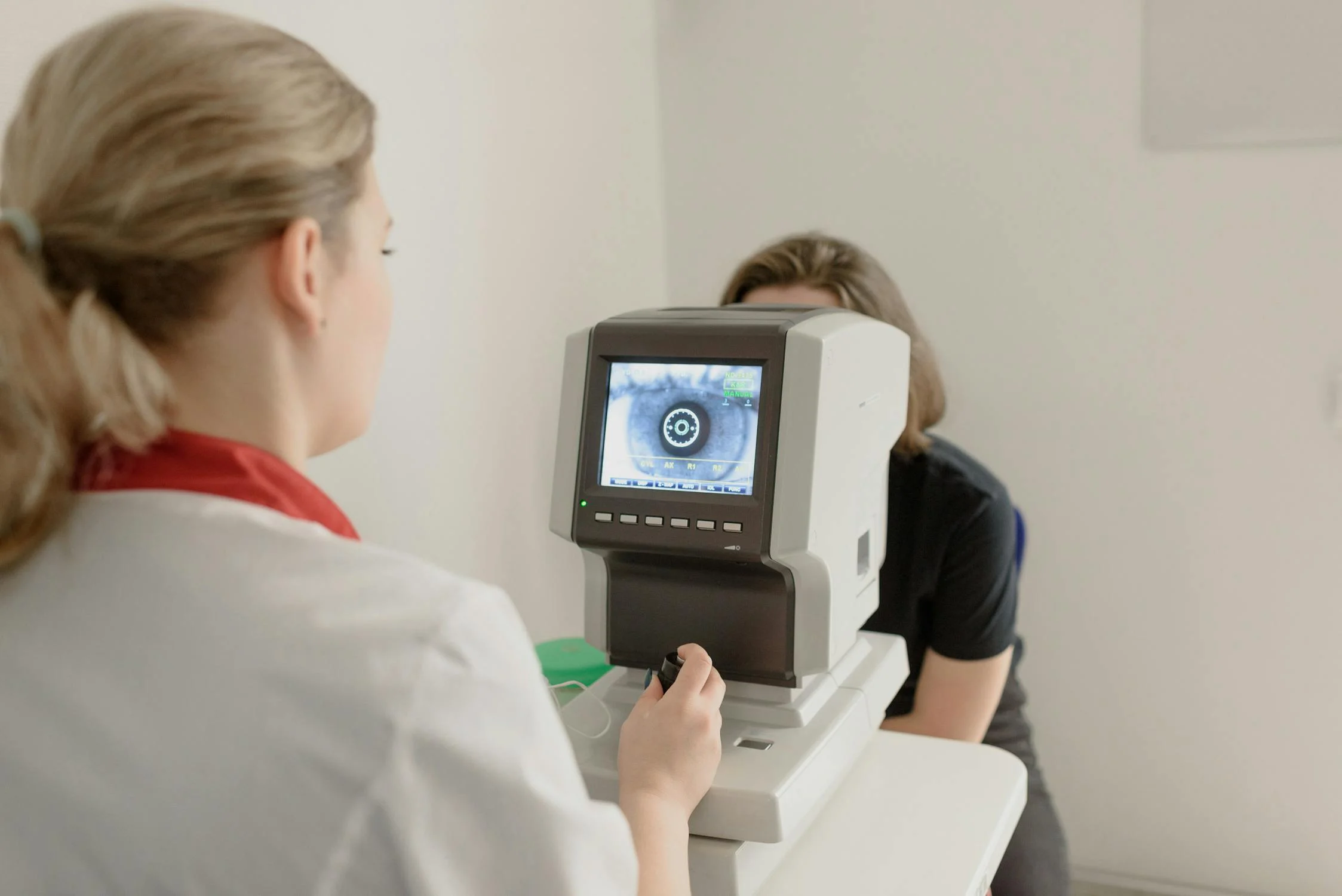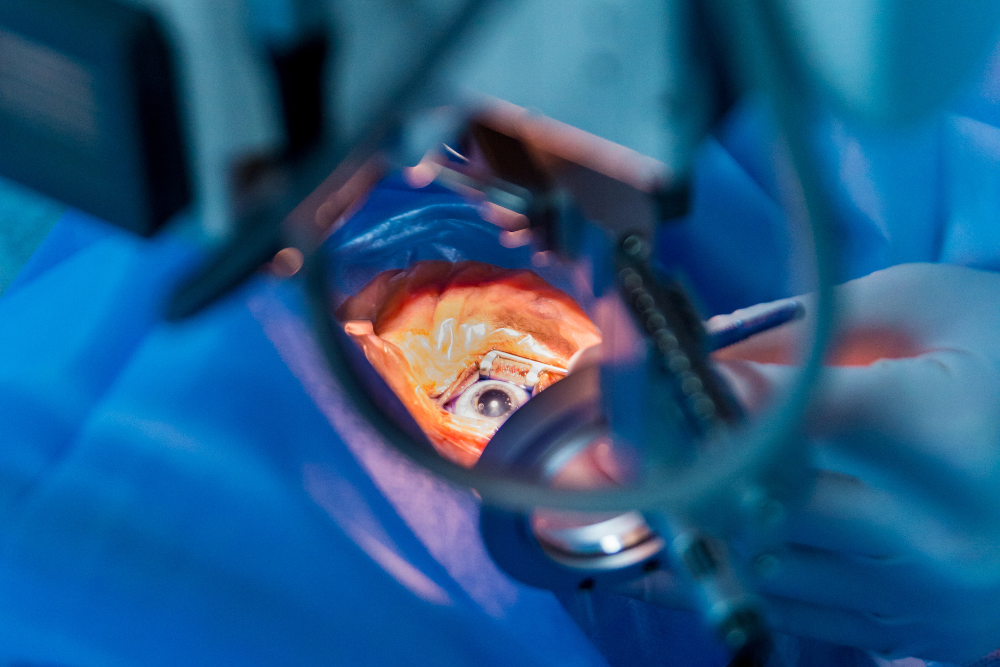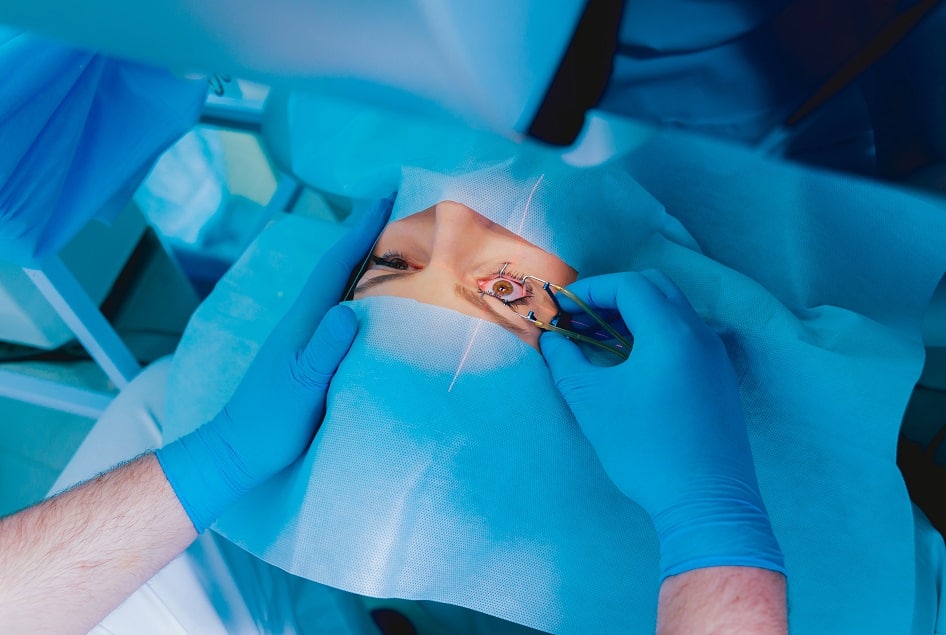Do I Need Cataract Surgery if I Have Double Vision?

Our vision naturally changes. Factors like having children, diabetes, or a family history of cataracts can make these changes more noticeable. One common issue is double vision, but before assuming it’s due to a cataract, it’s important to understand the type of double vision you’re experiencing and its cause.
Our expert eye care team can diagnose the root cause of your double vision. If cataracts are to blame, we’ll help you determine if surgery is the right option.
What Causes Double Vision?

Double vision isn’t always linked to cataracts. Other possible causes include:
- Severe astigmatism – A condition that distorts how light enters your eye.
- Diabetes – Poorly managed diabetes can affect your vision.
- Thyroid disorders (like Graves’ disease) – Can impact eye movement.
- Strabismus (lazy eye) – When one eye doesn’t align properly.
- Multiple sclerosis (MS) – Can damage nerves controlling vision.
- Neurological conditions – Aneurysms, strokes, and migraines can also cause double vision.
If your double vision is caused by a cataract, it’s often monocular, meaning it affects only one eye. This is different from binocular double vision, where both eyes see separate images.
What Type of Double Vision
Normal vision is called single binocular vision. Your brain combines images from both eyes into one clear picture. However, when the eyes don’t align properly, it can cause double vision (diplopia), which falls into two main types:
| Type of Double Vision | Description | How to Identify It? | Possible Treatments |
|---|---|---|---|
| Binocular Double Vision | Double vision in both eyes due to misalignment or weak eye muscles (strabismus). | – If you cover one eye, the double vision disappears. | – Glasses with prism lenses to realign vision. – Eye muscle surgery (strabismus surgery) to correct alignment. |
| Monocular Double Vision | Double vision in only one eye, often caused by problems with the eye’s lens or cornea. The second image may look like a faded shadow (ghosting). | – If you cover the unaffected eye, you still see double. | – Depends on the cause (e.g., cataract surgery, special lenses). |
Other Signs of Cataracts

Cataracts develop when proteins in the eye clump together, making the lens cloudy and blocking light. Over time, this can worsen and lead to significant vision loss. Common symptoms include:
- Blurry, hazy, or dim vision
- Colors appearing faded or yellowish
- Trouble seeing at night
- Halos around lights
- Increased sensitivity to bright lights and glare
- Frequent changes in prescription glasses
If you have monocular double vision along with these symptoms, it may be time to consult an eye specialist.
When Should You Consider Cataract Surgery?
Cataracts are one of the leading causes of vision loss in older adults. More than half of people over 80 will need cataract surgery at some point. The good news? Surgery can be done at any stage of cataract development.
During the procedure, the cloudy lens is removed and replaced with an artificial lens, called an intraocular lens (IOL). The surgery is safe, quick, and highly effective.
Choosing the Right Intraocular Lens (IOL)
There are different types of IOLs available:
- Multifocal lenses – Help you see both near and far.
- Aspheric lenses – Improve night vision and reduce glare.
- Accommodating lenses – Adjust focus naturally, similar to a young, healthy eye.
- Toric lenses – Correct astigmatism for clearer vision.
Summary
If you’re experiencing double vision, it may be caused by cataracts or other eye conditions like astigmatism, diabetes, or neurological issues. Cataract-related double vision usually affects only one eye and has symptoms like blurry vision, faded colors, and glare. Cataract surgery is a safe and effective solution where the cloudy lens is replaced with an artificial one. Different types of intraocular lenses (IOLs) can improve vision based on your needs. If double vision affects your daily life, it’s best to consult an eye specialist to explore your options.




